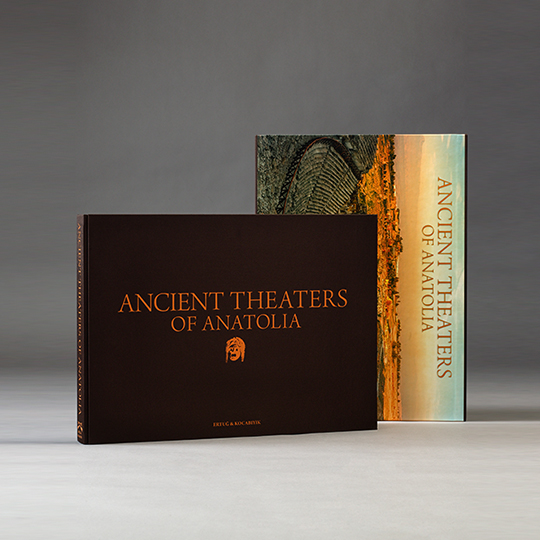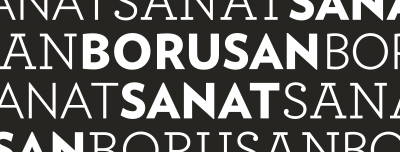Ancient Theatres of Anatolia
Ertuğ & Kocabıyık Publications presents its latest book Ancient Theaters of Anatolia. Penned by R.R.R Smith, Lincoln Professor of Classical Archaeology and Art at Oxford University, and Director of the Aphrodisias Excavations in Turkey, the book features stunning photographs of Ahmet Ertuğ. Many of the extraordinary images were photographed with an 8 x 10 inch large-format camera, and show these well-preserved theaters in exceptional detail.
The book starts with an introduction on the theater in classical antiquity, and then describes sixteen outstanding theatres individually. This is probably the first time that such combined high-level academic and photographic documentation has been devoted to the extraordinary legacy of theater building in Anatolia.
The book is 205 pages long, in landscape format, with a page size of 33 x 46 cm and 174 color plates, showing both details and panoramic views. Striking photographs of many of the high-quality statues and friezes that decorated the theaters are also included in the book. By the second century AD, at the height of the long peace enforced by Rome, most self-respecting ancient cities in the Mediterranean region had a theatre building. Most of the theaters presented in this book belong to, or were re-conditioned in this period. Most survive in their second-century form but have long archaeological histories of re-design and addition that stretch back to the Hellenistic period. Theaters were among the largest, most imposing structures in ancient cities. Their capacity varied greatly, from 2,000 to 20,000, but most boasted a tall monumental stage-building that reared up from the surrounding cityscape – with austere masonry on the outside and majestic tiers of columns inside. Many are astonishingly well-preserved.
‘Theater’ has the double sense of both an institution and a building. Indeed, drama was a developed practice long before it had the building form we know and recognize as a theatre. Drama grew out of choral performance at religious festivals in honor of Dionysos, and evolved into the exciting new medium of staged tragedy and comedy. Dramatic plays soon came to share the theater first with the citizen assembly, and then under the Roman empire, with arena games – the highly popular gladiator combats and wild-beast hunts mounted in honor of the emperor. Theater building underwent a long evolution, from an irregular hillside auditorium to a proper architectural design in the Greek period, and then to a new, fully integrated form in the Roman period. The interplay of traditional Hellenistic design and new Roman design was one of the main aspects of theatre building in Anatolia in the first and second centuries AD. Many of the theaters in this book, often those in more remote locations (Sagalassos, Selge, and Termessos), remained as they had been left at the end of antiquity – unoccupied, with collapsed stage building and well-preserved auditorium, partly covered only by vegetation and fallen masonry. They present remarkable ruinscapes that are vivid testimony to antiquity’s deep-rooted theater culture and to the great durability of ancient building techniques.
The theatre remained one of the most vibrant institutions of the eastern provinces under the Roman empire, especially in the prosperous cities of western Anatolia. More than 100 ancient theaters are known within modern Turkey. Their distribution follows the pattern of urbanism in the Roman period. Most are found in the cities of the Aegean and south coast, and the best-preserved are in the wealthy Roman provinces of Asia and Lycia-Pamphylia. The theatre had different trajectories and building histories through the first and second centuries AD in response to Roman design, changing functions, and intercity competition. Some cities with well-designed Hellenistic theaters maintained them with only modest changes, usually to the stage building. The theaters of Priene and Pergamon are good examples.

Ancient Theaters Of Anatolia
Text: R.R.R. Smith
Photography: Ahmet Ertuğ
Ertuğ & Kocabıyık, 2014
English
35x48 cm
208 pages (174 color plates)
Presented in a slipcase, book cover bound in moire silk cloth.
ISBN: 9780954807764








